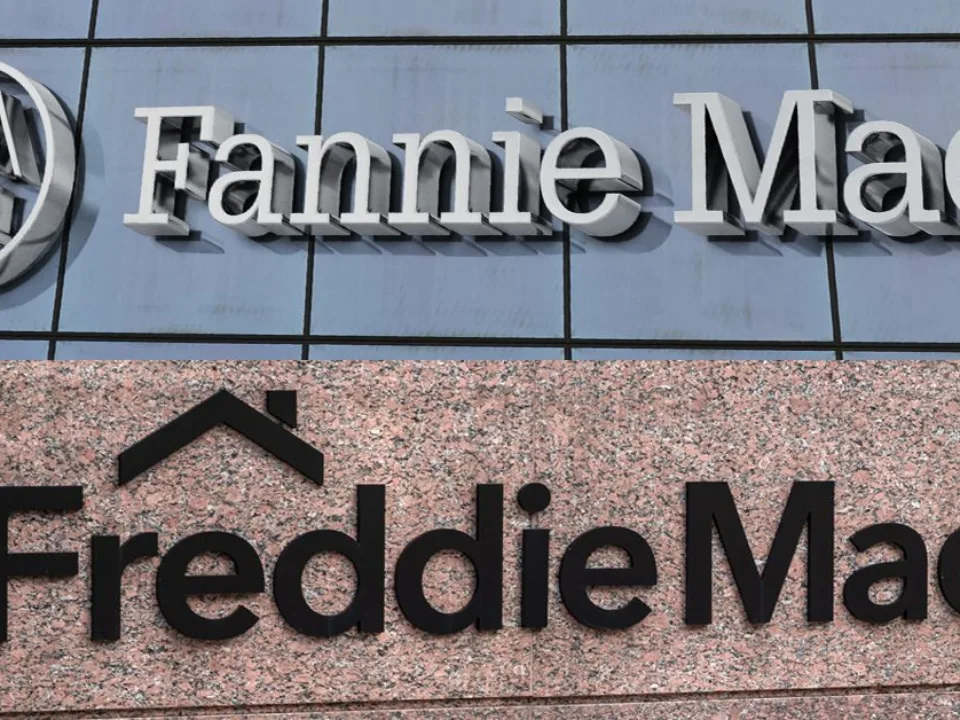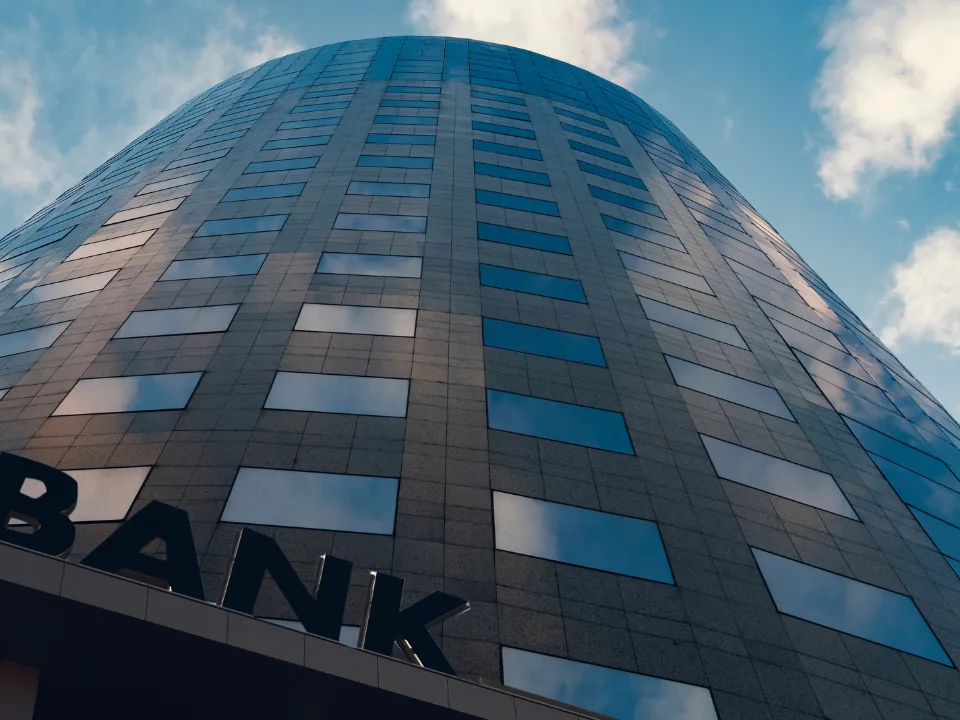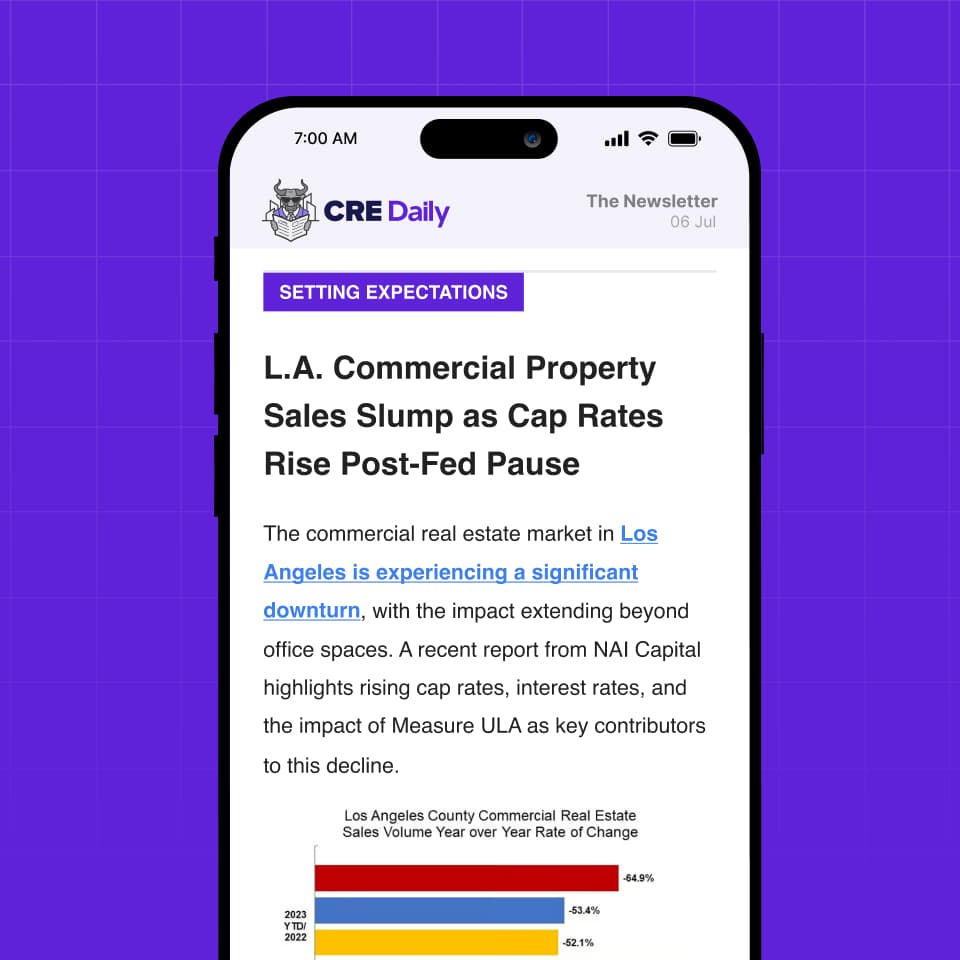- Willy Walker says privatization of Fannie Mae and Freddie Mac likely wouldn’t materially affect borrowing costs if an implicit government guarantee remains in place.
- Momentum is building for GSE privatization under new federal leadership, including Treasury Secretary Scott Bessent and FHFA Director Bill Pulte.
- Walker sees room for growth in Fannie and Freddie’s lending footprint, including potential expansion into multifamily and higher-conforming loan limits.
Renewed momentum in Washington
Fannie Mae and Freddie Mac have been under federal conservatorship since the 2008 financial crisis, but calls for privatization are resurfacing. During a recent appearance on CNBC’s Squawk on the Street, Walker & Dunlop CEO Willy Walker said the latest push for privatization could gain traction under the Biden administration’s newly appointed leadership, per GlobeSt.
Treasury Secretary Scott Bessent has voiced support for the idea, and newly confirmed FHFA Director Bill Pulte emphasized the importance of safety and soundness in the housing finance system during his hearings. Walker suggested that a path to privatization could become viable if the GSEs continue building capital reserves.
Borrowing costs likely to remain stable
Despite concerns among market observers that privatization could widen spreads and raise borrowing costs, Walker said he doesn’t expect a significant shift—assuming the implicit government guarantee stays in place.
He pointed out that while the guarantee isn’t currently explicit, support structures like credit lines from the Treasury help stabilize investor confidence. As long as these frameworks remain intact, the pricing of Fannie and Freddie’s bonds—and, by extension, mortgage rates—would likely stay consistent.
Get Smarter about what matters in CRE
Stay ahead of trends in commercial real estate with CRE Daily – the free newsletter delivering everything you need to start your day in just 5-minutes
Minimal budget impact, but broader implications
Fannie Mae and Freddie Mac were bailed out for $190B during the financial crisis, but they have since repaid those funds and contributed an additional $100B to the U.S. Treasury. Still, Walker emphasized that these amounts are relatively small compared to broader federal budget discussions involving trillions of dollars.
The bigger issue, he said, is not fiscal—it’s whether the entities can maintain responsible lending standards and avoid the type of risk-taking that led to the 2008 collapse.
Controlled growth potential
As for the future of the GSEs, Walker said there are ways for them to responsibly expand their lending business. Potential growth areas include raising the conforming loan limit beyond $800,000 and expanding into the multifamily lending space.
These moves, he noted, would help grow Fannie and Freddie’s top and bottom lines without significantly increasing risk—something both policymakers and the public remain cautious about.
Why it matters
Privatization of the GSEs could represent a major structural change to the U.S. housing finance system. Still, Walker’s comments suggest the transition could be more about optics and governance than immediate market disruption.
What’s next
With new leadership at the Treasury and FHFA, further proposals around GSE privatization will likely surface. Key watch points include whether any implicit or explicit guarantee structures are formalized and how policy changes might impact conforming loan limits or multifamily lending.














